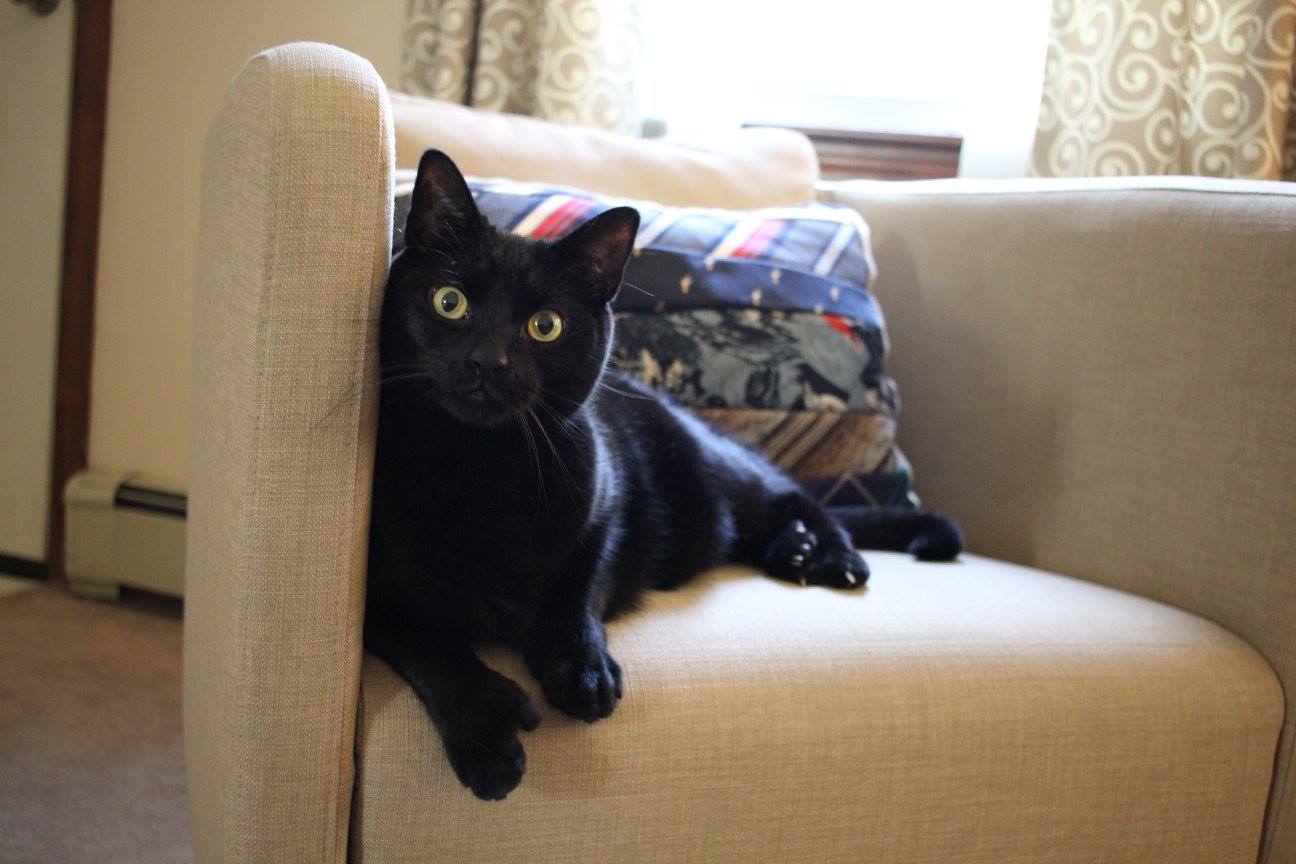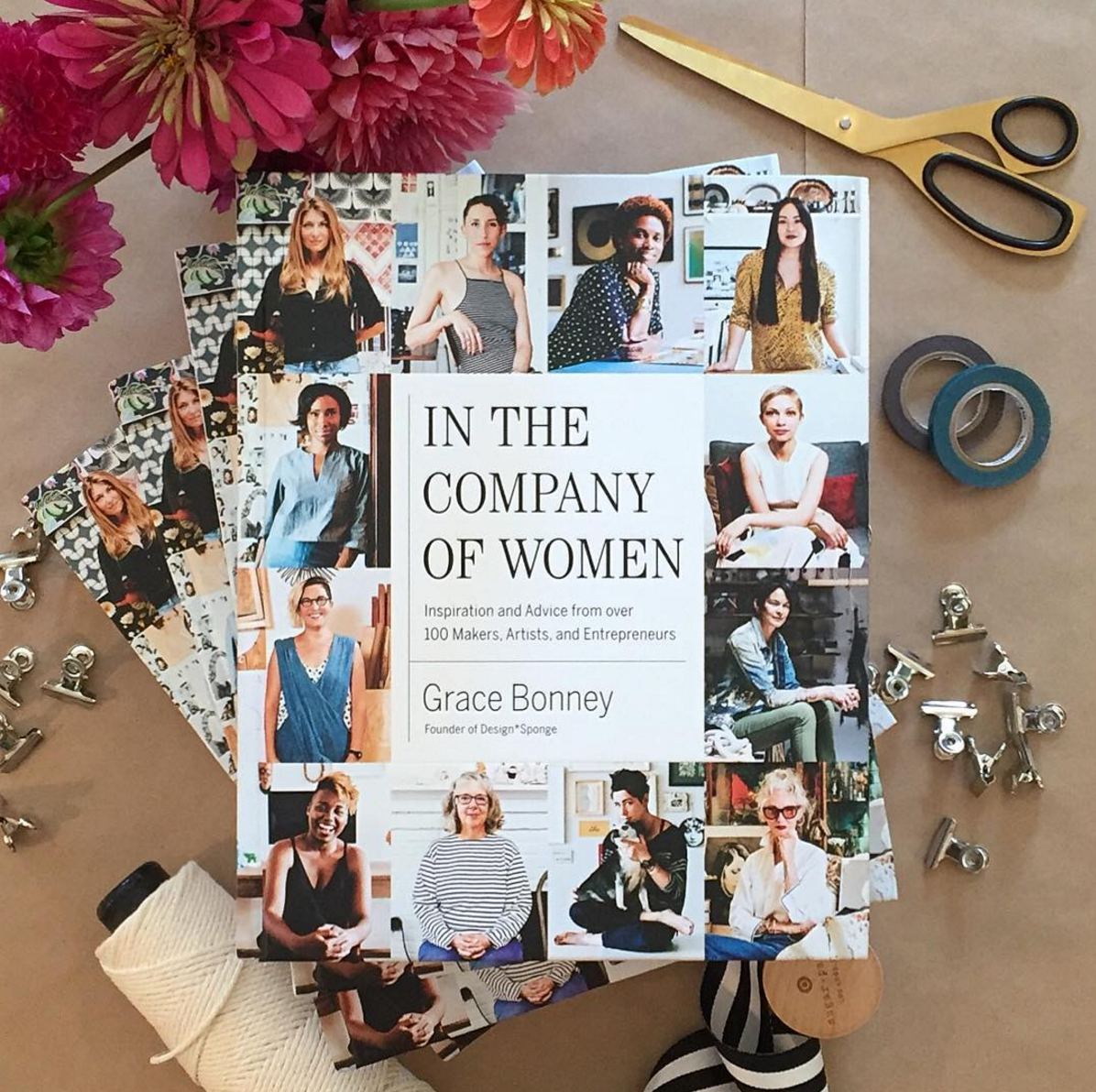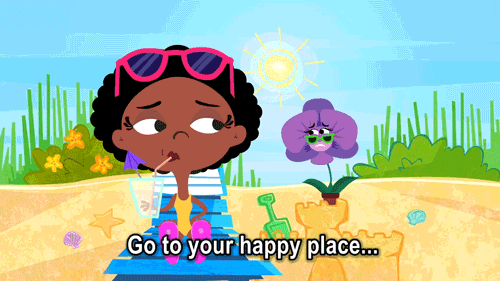The air is ringing with 2017 New Years resolutions. Every January, a new year presents the opportunity to make small (or big!) changes in our lives to be better versions of ourselves. FableVision wanted to give you a little help. We went around to ask our staff what helped make their 2016 a productive year.
Read on to find gadgets and gizmos, apps and podcasts, ideas and a dash of imagination. We hope this will inspire you to make the most of 2017 – get out there and be awesome!
Bob Flynn, Director of Art and Animation
- Coloring Book by Chance the Rapper: Chance’s third mixtape is inspiring, energetic, and breathing new life into hip hop. Streamable everywhere. He’s worth following on Twitter, too: @chancetherapper.
Brian Grossman, Technical Director
- Flickr: In 2016, I was able to organize all my photos online on my Flickr account. Gathering up photos from various computers, tablets, phones, etc. was a chore, but I now have everything organized and posted online. I love being able to call up memories on a whim. Next up, scanning all my family photos and making some photo books!
- New babysitters: 2016 marked a turning point in our household. With the kids getting older, we’re able to let them babysit for one another for short periods of time. This has been a big breakthrough in terms of freedom. Now, if only I can find something to do…
Christina Kelly, Production Artist
- Reply All podcast by Gimlet Media: hosted by PJ Vogt and Alex Goldman: A fun, interesting, and eye-opening show about internet culture and history. The podcast explores how unexplored parts of the vast subcultures and tidbits of the internet has shaped us and also showcases internet figures through interviews and amazing short stories.
- Golden Thread Tarot app by Tina Gong: A gorgeous, sleek, and simple app that acts as a tarot card deck and a tarot card reader companion to your own tarot card deck. The design of the app's deck is lovely and the UX design is very pleasant and works well for a medium that typically feels unfamiliar in digital form. A fun and meditative addition to my everyday routine.
Andrea Calvin, Vice President of FableVision Learning
- Edith and Mazer Calvin: The Calvin house became a tad more cat-filled in 2016 when we welcomed Edith the Cat Calvin and Mazer the Cat Calvin to the family. We adopted the double-pawed siblings from Paws of Plainville (#adoptdontshop) the Saturday after Thanksgiving and have been cuddling and playing ever since. A tad on the hefty side, Edith likes to snuggle and sit. Mazer is more adventurous and is known to climb to the top shelf.
Jordan Bach, Senior Developer
- Meet the Composer podcast from Q2 Music, hosted by Nadia Sirota: Great explorations into the minds and work of composers. I've gotten to know some new music and come away from each episode having learned to listen a little better, and inspired to live more creatively.
- Home Cooking by Laurie Colwin: I raced through the first volume of these wonderful, cozy, funny essays about cooking and am now slowly savoring the second volume. Originally written for Gourmet Magazine in the ‘80s, the recipes can be a little dated but the spirit is infectious. For Colwin, cooking is all about connection. More dinner parties in 2017!
- Gather Here: It's a sewing/knitting/craft shop in Inman Square, Cambridge, and although they sell lots of great stuff, it's really about learning, making, and community. I go there to take classes, to rent equipment, and for meetings of the Cambridge Modern Quilt Guild.
Loren Lee-Flynn, UX/UI Designer
- Song Exploder Podcast from Radiotopia, hosted by Hrishikesh Hirway: This podcast has changed the way I think about music. Each episode is a deep examination of a single song and the creative process behind it. By isolating individual tracks from a recording, Hrishikesh prompts musicians to describe their decision-making—the how and why—in detail, eventually revealing how all of the parts come together to form the whole song. Even music I would never listen to for enjoyment becomes fascinating when viewed at this level.
- Zumba in Norman B. Leventhal Park: Every summer, I look forward to the weekly Zumba classes offered through the P.O Fitness program at Norman B. Leventhal Park. The classes are fun, challenging, and completely free! The instructor, Emily McLaughlin keeps things interesting by offering a mix of Latin, Hip-hop, and kickboxing moves. The best part is, outdoor classes means no mirrors, so you can pretend you look like a fly-girl, even if your dancing more closely resembles Elaine's from Seinfeld.
Margarita Dekoli, Senior Developer
- Becoming Wise: An Inquiry into the Mystery and Art of Living by Krista Tippett: In Becoming Wise, Tippett distills the insights she has gleaned from luminous conversations with the leading thinkers over time and from mind to mind into a coherent narrative journey examining the great questions of meaning. The book is a master class in living, curated by Tippett and accompanied by a delightfully ecumenical dream team of teaching faculty.
Matt Brelsford, Developer
- Moving to Western Massachusetts: This was the best decision of the decade for me and my wife, Jamie. It's something we dreamed of doing and living here absolutely changed our lives for the better. I live in a beautiful loft in a converted mill building above an indoor park, with an outdoor park in my backyard that hosts live music in the summer. We have a big kitchen and the awesome local food has inspired me to become a better cook.
- Working from home: As much as I miss seeing everyone in person at the office, I still feel connected since we have a 'working from home' Google hangout that allows us to see what's happening at the studio. People still pop over to say hello and ask about my weekend, or talk about what games we've been playing. The commute is also pretty excellent.
- Coworkers: See below.
Mikaela Johnson, Production Assistant
- Bedtime Reading Ritual: I've been reading for the last 30-45 minutes before bed instead of watching TV on my computer and I feel much more relaxed when I'm falling asleep.
Mitul Daiyan, Marketing Coordinator
- Women in Science: 50 Fearless Pioneers Who Changed the World written and illustrated by Rachel Ignotofsky: A gorgeously illustrated book that now lives on my shelf and the shelf of a few lucky friends that I’ve gifted this to. The book follows inspirational women in science who have made great strides in their field. Loving the girl power in this inspiring book!
- Headspace: There's no doubt that everyone can stand to benefit from a little meditation and mindfulness. This wonderful, guided meditation app has something for everyone. The free version provides 10 free 10-minute meditation sessions that you can use over and over again. It has greatly improved my commute and helped me catch a breath of fresh air.
Headspace meditation app
Women in Science written and illustrated by Rachel Inotofsky
Sam Zollman, Production Assistant
- Sewing and clothes-making: A newfound passion that I picked up after a year living abroad. The process of selecting fabrics, thinking spatially about the construction, and cultivating the physical skills has been a much-needed artistic outlet, plus you get to wear the end result!
- Stretch Music by Christian Scott aTunde Adjuah: Scott blends Afro-Native American and west African rhythms, New Orleans jazz, and Trap music to create a personal reflection and excavation of his family history. It seems dense, but I think it is some of the most beautiful, creative, and inspiring music out there.
Sarah Ditkoff , Marketing and Client Services Manager
- In The Company of Women by Grace Bonney of Design*Sponge: A coffee table book that's actually worth sitting down and reading cover-to-cover. This inspiring compilation of women entrepreneurs and innovators in the greater creative community is full of great stories of successes, failure, and insights. The perfect gift for professionals in any creative field.
- Revisionist History podcast by Panoply Media, hosted by Malcolm Gladwell: Once the news cycle has moved on, Revisionist History goes back and reexamines something overlooked or misunderstood from the past, like an event, a person, or an idea. Hosted by Malcolm Gladwell, the three-episode educational miniseries within Season 1 is especially fascinating.





























